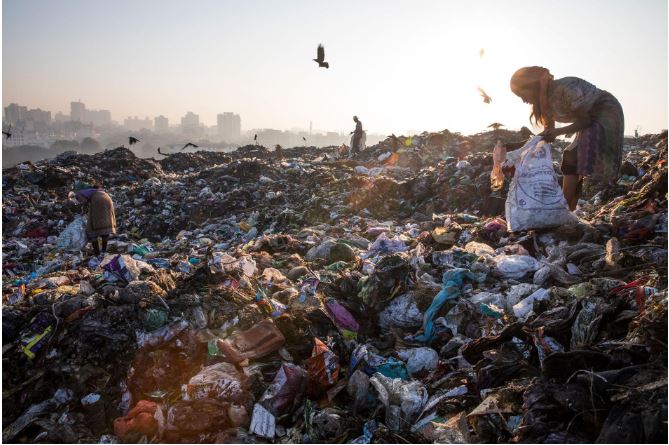Plastic bans spread in India. Winners and losers aren’t who you’d expect.

AMUDHA, WHO GOES by only her first name, sells flowers for a living in Chennai, one of India’s largest cities. She used to spend 15 percent of her profits buying plastic shopping bags for her sales. Now she saves that expense and wraps her customers’ flowers in the broad leaves plucked from a tree on the sidewalk.
This small windfall‒she used to spend 60 rupees (0.84 USD) a day on bags‒came about at the beginning of this year, when the state of Tamil Nadu in the southernmost part of India banned 14 types of plastic, including the diaphanous bags Amudha used to buy.
The ban in Tamil Nadu, home to nearly 68 million people, is part of an ambitious national campaign to rid the world’s second-most populous nation of plastic waste. Last June, as India hosted the United Nations’ World Environment Day, Prime Minister Narendra Modi announced its intention to eliminate single-use plastic by 2022.
Modi’s crusade builds on efforts to ban certain single-use plastics that began in 2009, when the state of Himachal Pradesh in northern India became the first to ban plastic shopping bags. Delhi, India’s capital city, adopted a more expansive ban that included bags, cutlery, cups, and plates in 2017.

